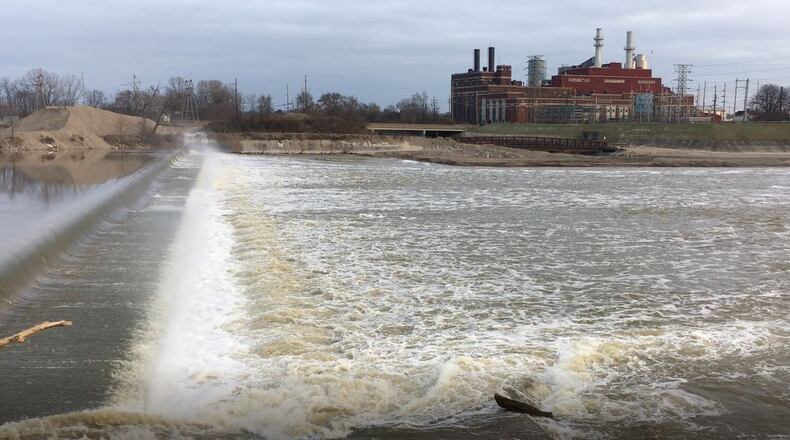A majority of Hamilton City Council is expected to attend the meeting, which will be held for ‘stakeholders’ interested in where the proposed North Hamilton Crossing to provide a second major east-west traffic corridor through the city.
The meeting will begin 5:30 p.m. in the Wilks Conference Center on Miami University’s Hamilton Campus, 1601 University Boulevard. Council members will not take action in their official capacities at the meeting.
North Hamilton Crossing, being planned to alleviate traffic congestion on High and Main streets through Hamilton likely will cost $75 million or more, officials estimated previously.
The highway probably will include a four-lane boulevard-style road with speed limits of 45 mph or less. It will include new bridge across the Great Miami River will replace the existing, 100-year-old Black Street Bridge. It also will go over the CSX railroad tracks, providing only the third street in the city where motorists would not have to stop for passing trains.
Residents and some city officials have expressed concern about worsening traffic congestion when 10,000 or more athletes and their families begin arriving some weekends to Spooky Nook Sports Champion Mill, which is to open sometime later this year.
“All the 12 alignments are still on the table,” Corey said. “We have some additional information to share about each one of the alignments, as well as a matrix that compares those alignments against each other,” in such areas as congestion alleviation, safety, environmental factors and estimated costs.
“It’s a big matrix that’s comparing and contrasting all the alignments,” Corey said. “Now we’re starting to put dollars against them,” in rough estimates of each alternative’s possible costs.
Also at the meeting, representatives of neighborhoods and groups of residents, such as those living in the city’s North End, in Fairfield Township and also potentially affected property owners, will be asked to voice their concerns and ideas.
What’s next?
After the first stakeholders meeting, “We gave the stakeholders homework to go back to their groups and talk amongst themselves about what their concerns are.”
There will be at least one more stakeholder meeting after tonight. After that, there will be meetings for the public at large to comment on the possibilities.
After the stakeholder meetings are finished, the public will be invited to a meeting where people will be shown “all of the work that has gone into the stakeholder meeting series,” Corey said.
“I don’t want the public to think only the stakeholders have a voice,” he said. “We’re just kind of having a conversation with those who — I don’t want to say have more importance, but they have importance.”
After that, “we’re going to go through a series of public-involvement meetings that’s one more layer of conversations that could alter our alignment. Nothing’s done,” Corey added, emphasizing the process is “fluid.”
About the Author


